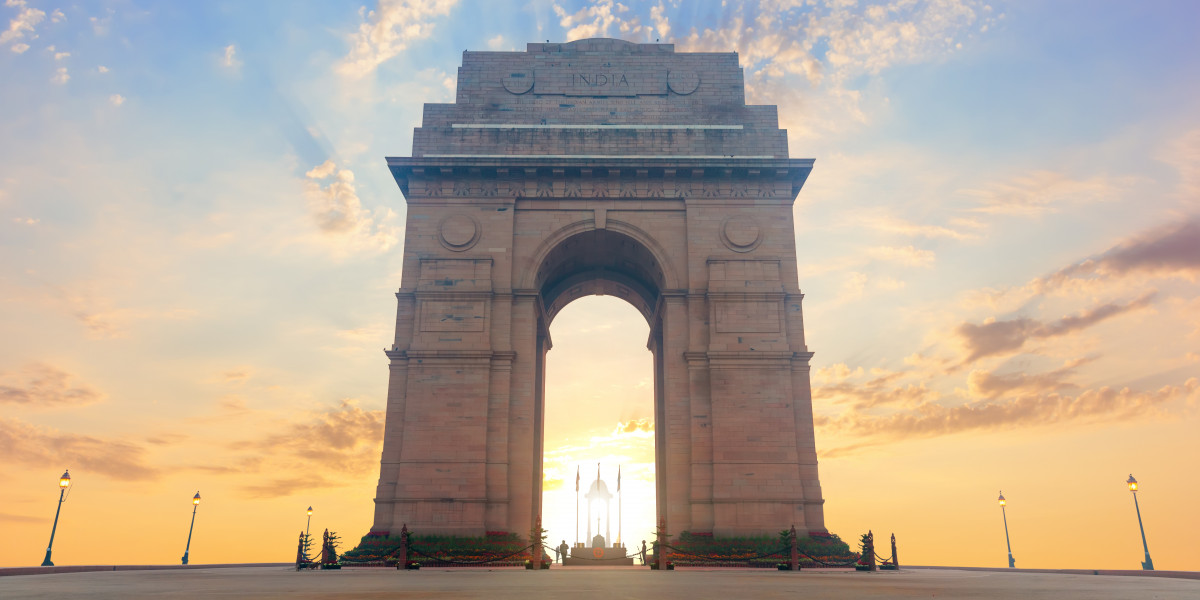Visiting India for the first time can feel as if youve walked into a living, breathing storyfull of colors, sounds, and traditions that never stop surprising you. To make the most of your journeyfrom the majestic Taj Mahal to Keralas tranquil backwatersit helps to understand local customs. This friendly guide offers cultural etiquette tips, a clear step‑by‑step of theIndia e‑Visa process, application advice, and practical travel tips for memorable experiences.
1. Greetings and Respect
In India, greetings are often expressed with a simple Namaste joining your palms together with a slight bow. This is a respectful and widely accepted gesture. Handshakes are becoming common in urban areas, but when in doubt, a Namaste is always safe.
When addressing someone older or in authority, showing respect through your words and body language goes a long way.
2. Dress Modestly
Modesty in clothing is highly valued in India, especially when visiting religious sites. Women are advised to wear outfits that cover shoulders and knees, while men should avoid shorts or sleeveless shirts in temples and rural areas. Carrying a scarf or shawl can be useful when entering places of worship.
3. Temple Etiquette
Religious sites are central to Indian culture. Always remove your shoes before entering temples, mosques, or gurudwaras. Some places may also require you to cover your head. Photography rules vary, so look for signs or ask before taking pictures inside sacred areas.
4. Dining Manners
Meals in India are often enjoyed with the hands, especially the right hand. The left hand is considered unclean and should not be used for eating or passing food. If you are offered food, accept it with gratitude refusing may be seen as impolite. Trying local dishes is a wonderful way to experience Indian hospitality.
5. Personal Space and Gestures
Physical contact, especially between opposite genders, is more conservative in India compared to Western countries. Hugging or touching someone youve just met may feel inappropriate. Also, avoid pointing your feet at people or religious objects, as it is considered disrespectful.
Step‑by‑Step Guide to Applying for an India e‑Visa Online
Select Tourist e‑Visa, available for 30-day, 1-year, or 5-year periods
Fill out the online application, entering personal info, passport details, and travel plans
Upload supporting documents: bio page of your passport and a clear passport-size photo
Pay the e‑Visa fee onlineamount varies by nationality and visa duration
Receive your ETA (Electronic Travel Authorization) via emailusually within 72 hours
Print the ETA and bring it with you; itll be stamped in your passport upon arrival
Tips for a Smooth e‑Visa Application
Apply at least 47 days before departure to allow for any delays in authorization.
Ensure your documents and photo are clear and meet requirementsblurry or incorrect formats can lead to rejection.
Double‑check details like name spellings and passport numbersminor typos can invalidate your application.
Indian e‑Visa Assistance for Stress‑Free Travel
If you find the online form overwhelming, you can use e‑Visa assistance services. For a small fee, theyll guide you through the application, submit your documents, and track the process. Its a small price for peace of mindespecially if its your first time applying.
Extending Your Visa in India
Tourist e‑Visas typically cannot be extended from within India. But if youre on a medical or business visa, check with the FRRO (Foreigners Regional Registration Office) for possible extensions. For longer stays, its safer to apply for a longer-term tourist e‑Visa before you travel.If you're enjoying your time in India and need a little more, you can easily apply for an Extension on Indian Visa. The process is simple and can be done online. Just ensure you apply before your current visa expires, so your travel plans stay smooth and stress-free.
Eligible Countries for an Indian Electronic Visa
Over 170 countries can apply for an Eligible Countries for Indian e-visa, including the US, UK, Australia, Canada, many EU nations, and much of Asia. Confirm your eligibility on the official Indian visa site before applying, since policies can change.
Must‑See Sights, Flavors, and Cultural Experiences
Delhi: Wander through the Red Fort, sample street eats in Chandni Chowk, and unwind at the peaceful Lotus Temple
Agra: Nothing compares to early morning views of the Taj Mahal
Jaipur: Explore Amer Fort, ride camels, and shop for unique crafts
Kerala: Drift along its serene backwaters, enjoy Ayurvedic treatments, and relish local seafood
Varanasi: Experience spiritual rituals at the Ganga Aarti, a truly soul‑stirring scene
Dont miss these foods:
Masala Dosa: crisp and savory South Indian crepes
Chole Bhature: rich chickpeas with fluffy fried bread
Biryani: aromatic rice and meat or veggies slow‑cooked in spices
Street Chaat: tangy, spicy snacks that burst with flavor
FAQs About the India e‑Visa
How long is the e‑Visa valid?
Depending on what you choose, its valid for 30 days, 1 year, or 5 years.
Can I enter from any airport?
No. You must arrive through designated airports or seaportscheck the official list before booking.
What if my visa gets rejected?
You can reapply. Fix any errors in your application before submitting again.
Do infants need an e‑Visa?
Yesevery traveller, regardless of age, must have their own valid e‑Visa.
Final Thoughts
India is captivatingfrom its rich cultural tapestries to its lively street life. Embrace its traditions, plan ahead with your e‑Visa, and keep an open heart. Thats how you turn a trip into a life‑changing adventure.
Safe travelsand enjoy your journey in India!







